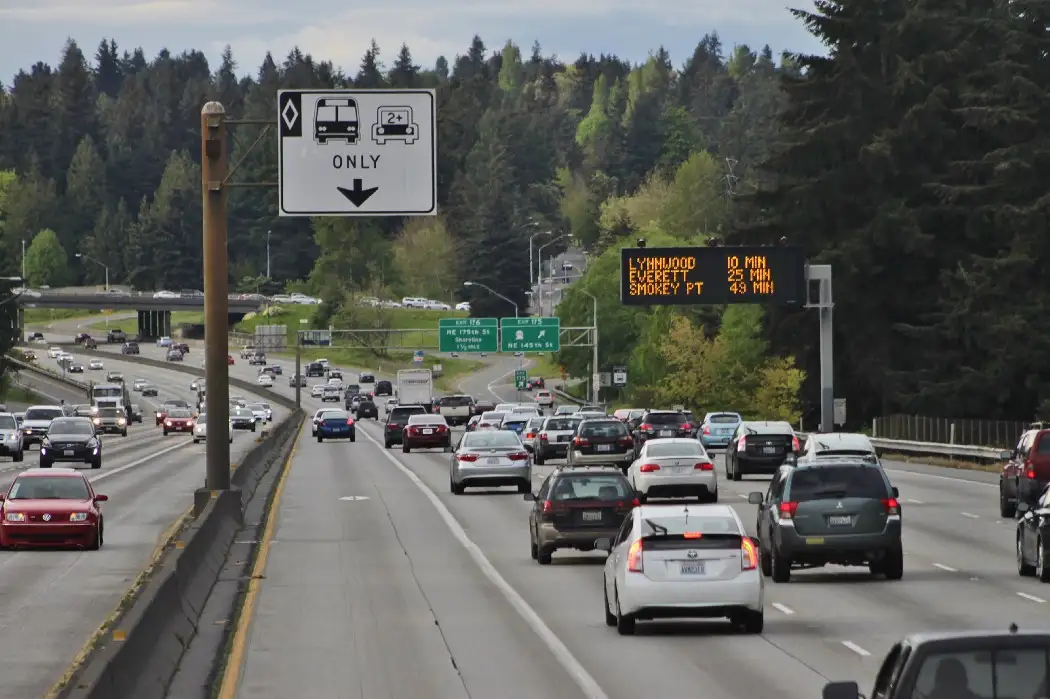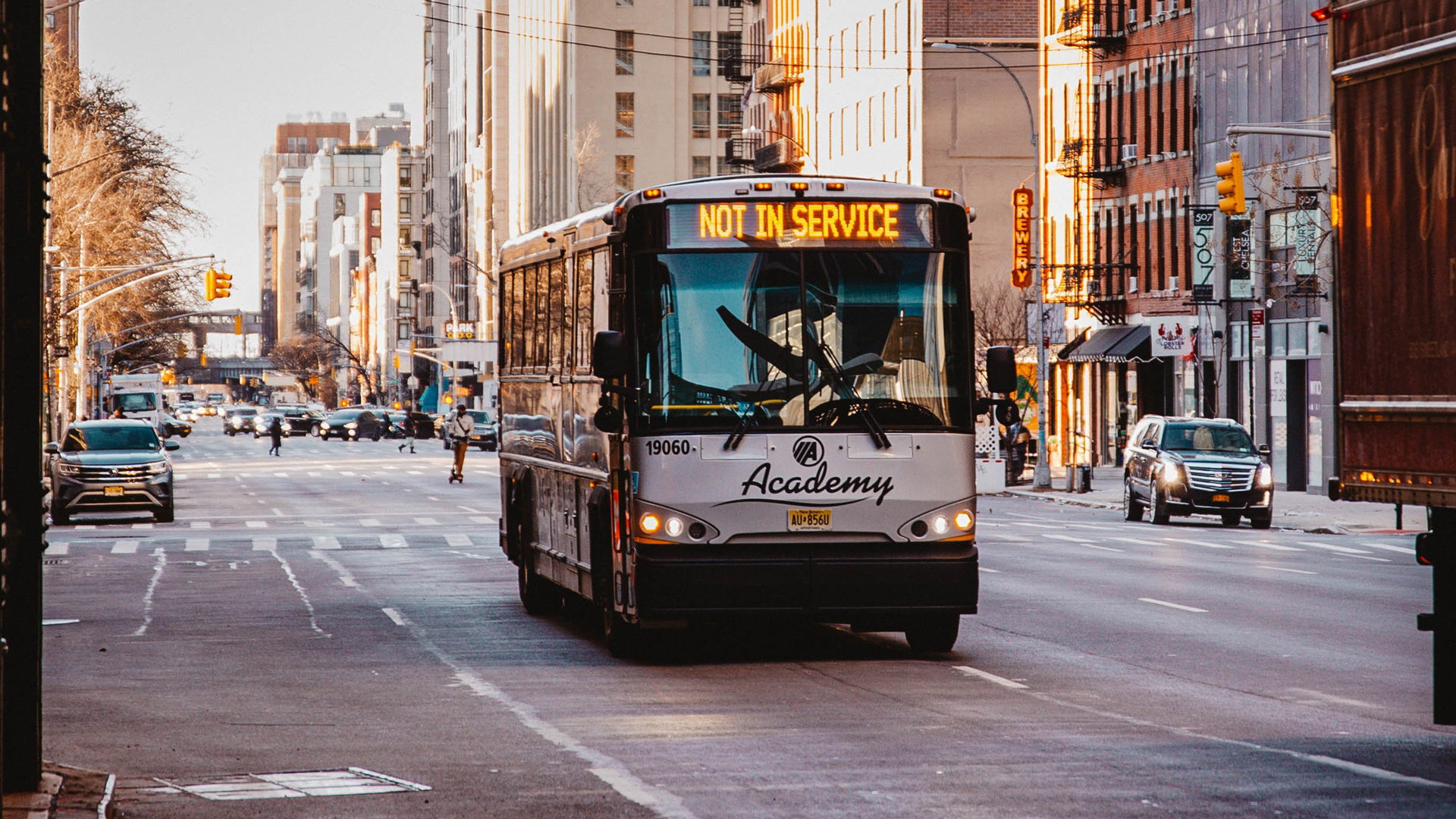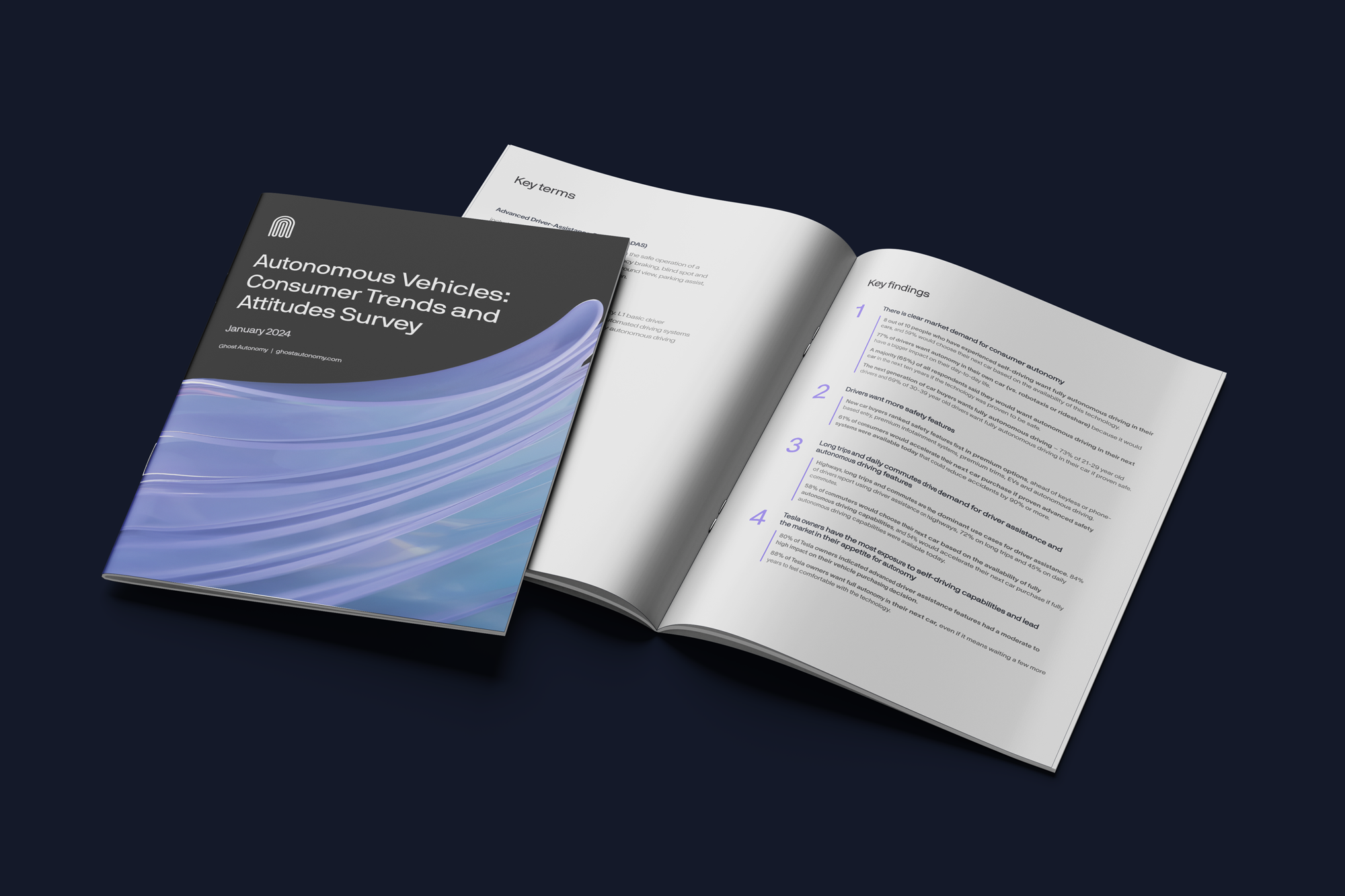This is the conclusion of a two-part series about why personal cars are the future of transportation.
In part one, I talked about why cars are great. Now, let’s talk about some of the ways they are going to get even better.
People choose cars for their extraordinary benefits, but that is not to say that our life with cars is perfect. People hate traffic, and rightfully so, Americans alone waste an estimated 8.8 billion hours per year due to congestion. Cars can be dangerous, especially when alcohol is involved, killing nearly 40,000 people in the United States every year. Cars also use up a lot of energy, producing emissions that are bad for the environment.
Perfecting self-driving in the cars we own can solve these problems. Self-driving will not replace the cars in our driveways, but instead dramatically improve them.
Perfect Self-Driving Improves Traffic
It starts with perfecting self-driving. When a car can drive better than a person in a defined area (e.g. highways), the driver is free to do something else. Society will no longer bear the burden of traffic — no longer are people stuck doing the most basic tasks; they are now free to put their minds towards something more interesting or useful. This is possible in a matter of years for the highway, the simplest but highest-mileage place we drive (but sometimes get stuck).
In the longer term, as more and more cars add self-driving, I envision us re-allocating existing infrastructure for these highly capable machines to drive more efficiently. The biggest cause of traffic is inefficient human maneuvers — AV-only lanes could dramatically improve gridlock in cities and on freeways. And there are significant levers available to us without any new technology: Street parking serves few, and could be reallocated to transit lanes. Congestion pricing or toll lanes can help allocate shared resources to those who want it most. With perfected self-driving technology and coordination, we can beat traffic, once and for all.

Perfect Self-Driving Improves Safety
Perfecting self-driving will also bring about significant increases in safety — always-on sensors see the road perfectly, never distracted, with no blind spots. 94% of accidents are reportedly caused by driver error. More than half of those errors are due to inattention, due to distraction or outright sleeping. There are extraordinary safety gains to be made simply by being always-on and never distracted. But this is only the beginning — as I have written before, there are powerful machine learning advances that can help us solve the most complex driving errors in a highly scalable way, ushering in a new era of driver safety.
Significantly safer cars extend to pedestrians outside the vehicle as well, enabling the proliferation of more alternative forms of transit. Bikes, scooters and any other form of “micromobility” currently share the road with heavy, relatively unsafe cars, putting riders at significant risk and dampening overall demand. As cars become safer, alternative transit will be given a real opportunity to flourish.
Perfect Self-Driving Improves Energy Efficiency
Cars today are extremely heavy for safety reasons. As self-driving makes cars dramatically safer, they can also be built dramatically lighter. Lighter cars means significantly reduced energy requirements — around a 1% improvement in gas mileage for every 100 pounds in reduced weight. Today’s 5,000 lbs Mercedes S-Class might be even safer at 1,500 lbs with real self-driving added, at the equivalent of 100+ MPG. A lighter car is also a safer car for people outside the vehicle — pedestrians and people on scooters, bikes, etc.
Electrification is another potential opportunity, but it is more complicated. While good for smog, the net energy use may in fact be the same, as the energy production simply shifts from an internal combustion engine to a coal or nuclear power plant. In nuclear-powered California this might be a boon for the environment, but the environmental advantage is less obvious in natural gas-powered Texas.
It’s also worth noting the fallacy of the efficiencies of public transit. The energy used per passenger mile is actually higher in buses than in personally owned cars. Public transportation is not convenient for most individuals, increasing time and total distance traveled, so they choose their cars instead. And when public transportation does not service lots of people, it isn’t energy efficient. The problem is that even in busy cities, buses and trains run around mostly empty for big parts of their journey, undermining efficiency gains from adding more people. Having a car completely idle 22 hours a day is more efficient than driving an empty bus an extra 10 hours a day. Public transportation is inefficient, with upside down unit economics in both cost and energy expenditure per rider. Building more of it will only increase this problem.

The Inner Revolution
Self-driving cars are going to dramatically improve our lives. Just as it is hard to imagine 90% of people spending their entire lives farming a few hundred years ago, we will quickly forget a world where 90% of people were stuck driving themselves around.
But the biggest changes might be the ones that are hard to see. People will still live in suburbs with a car parked in the driveway that they take to work every day. It will be an Inner Revolution, where each of our experiences inside our cars is completely transformed, even if the world around us looks mostly the same.
The car is here to stay, and that will be better for everyone.








